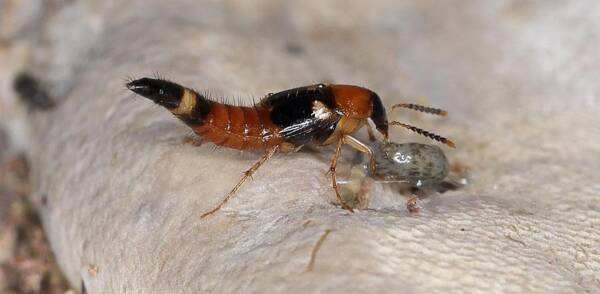Phasmatodea, the scientific name of which is Phasmatodea (also known as stick insect or snaketail), is a type of insect belonging to the order Orthoptera. They are known for their unique appearance, highly protective coloration and mimicking abilities, allowing them to blend well into their environment.

The body of the cryptid is slender and soft, often taking on the appearance of branches, twigs, grass blades and other vegetation, making it extremely difficult to detect when resting or looking for food. The imitation tree texture, color and morphological changes on their bodies are highly similar to the surrounding environment, giving people the illusion of being disguised as plants.
Cryptopterygoids vary in size and shape, with some species reaching several centimeters in length, while others may be tens of centimeters long. They usually have a flat body, especially the back, which allows them to hide better among leaves or branches.
Cryptophora are herbivorous insects that feed on a variety of plants, including leaves, buds, and bark. They eat through chewing mouthparts, and some species specialize in one or more plants as their food source.
In terms of reproduction, cryptids are usually oviparous, with the female laying solid eggs on plant leaves or bark. The eggs hatch over a period of time, and the hatched larvae are similar in appearance to the adults, but smaller in size. The larvae undergo multiple molts and gradually grow into adults.
Overall, the cryptid is eye-catching due to its excellent camouflage capabilities and unique appearance. They play an important role in ecosystems and show us the diverse adaptation and survival strategies of biological forms in nature.
animal tags: Cryptoptera
We created this article in conjunction with AI technology, then made sure it was fact-checked and edited by a Animals Top editor.